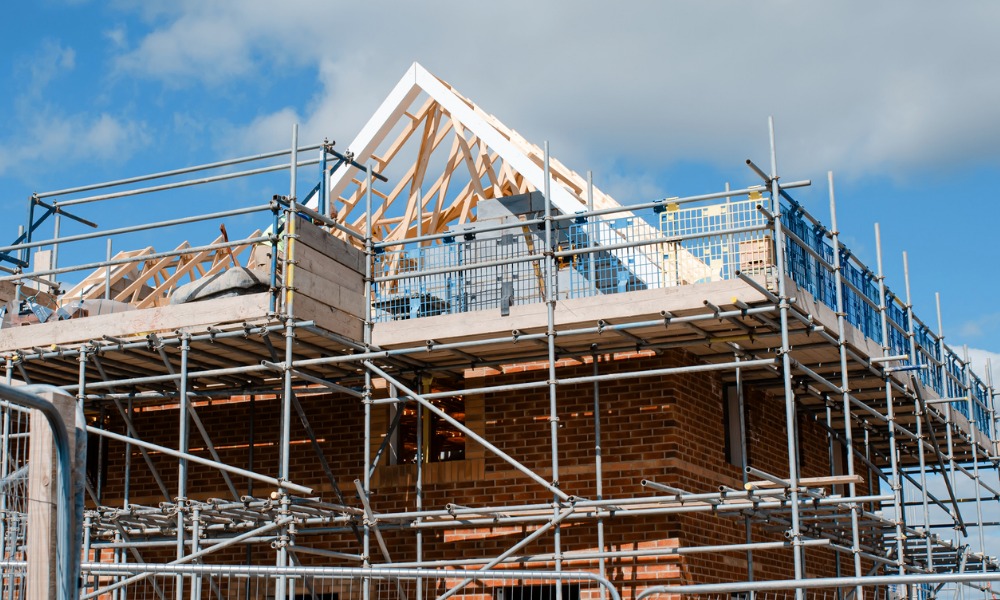It is designed to help the underdeveloped self-build market – but will it work?

On June 27, 2022, the Help to Build scheme, backed by £150 million in government funding, was launched.
The scheme, aimed at families and young people, was set up to help people overcome mortgage costs by building a new home tailored specifically for them and in an area of their choice with just a 5% deposit.
Catherine Davidson, mortgage and protection consultant at London Money, explained that the scheme is meant to boost the UK’s underdeveloped self-build market and increase the number of greener homes.
“The equity loan, like Help to Buy, will bridge the gap and applicants will be able to borrow 20% of costs in England and 40% in London,” she said.
Read more: Government launches Help to Build scheme
Davidson explained that the government intends for the scheme to not only boost the self- and custom-build sectors, but also create jobs and assist the economy given its current condition.
What are the risks?
“As with most self-builds, the money is released in stages and because the project must be completed within three years, there are risks here given the cost-of-living crisis, pandemic, rising material costs and labour delays,” she said.
Data from the Royal Institute of Chartered Surveyors (RICS) shows that construction materials costs in the UK have continued to escalate, reaching a 40-year high at the back end of last year, based on the annual growth of the BCIS Materials Cost Index.
In addition, Davidson said there are a limited number of mortgage lenders and products currently offering applications for the Help to Build scheme, and she outlined that interest rates are not desirable or competitive with standard mortgage products. She also questioned whether enough people will actually apply for the scheme and whether there has been enough information made freely available about it.
“Additionally, I do not think it will reach those in desperate need. It could be seen as a positive baby step, but it needs a lot of work,” she said.
Read more: Help to Build Equity Loan Scheme launches
In her view, while the scheme is designed to be aimed at families and young people, the level of commitment and management behind a self-build project is drastic and time consuming - individuals are involved in building and managing the construction of the property from the beginning to the end of the build, and also play a part in the design and layout of the home. This is a massive undertaking and something many individuals, even with experience in the industry, would struggle with.
“The practicalities, I believe, will stall this scheme - self-build is certainly not for the faint hearted and, as such, will not be right for the majority of people,” she said.
Going further, Davidson questioned whether the right planning consents are in place and how easy they would be to implement, as well as noting the difficulty in getting developers and builders on board with a project.
“Red tape continues to blight planning with only approximately 16,000 self-build properties built last year,” she said.
In summary, Davidson believes it is a nice initiative but not enough to help solve the UK housing crisis.
“There just are not enough lenders on board; we need to see more specific products relating to this scheme and have the confidence to know the practicalities will also be simplified. Also, can we be reliant on timing and costs? I do not believe so,” she concluded.


